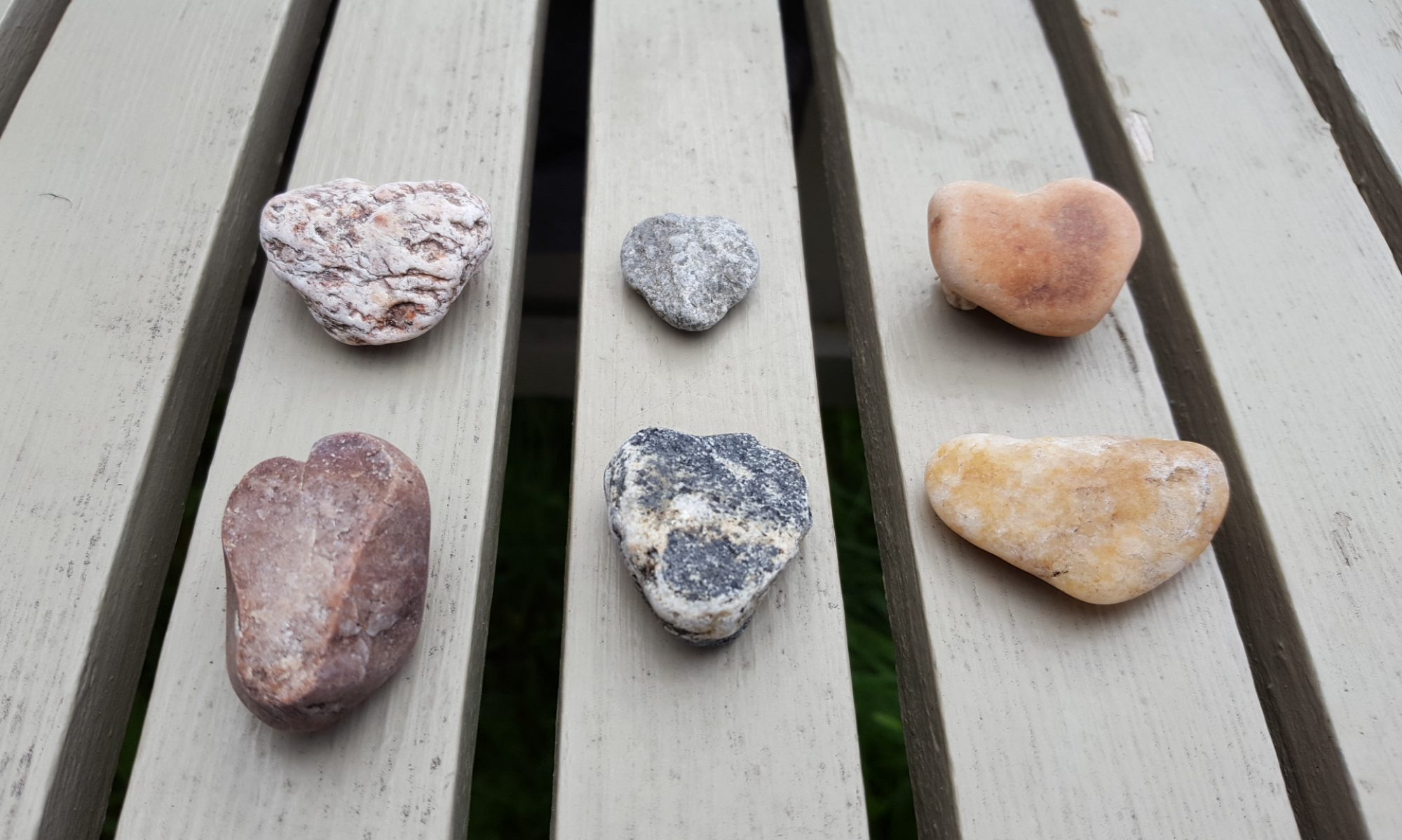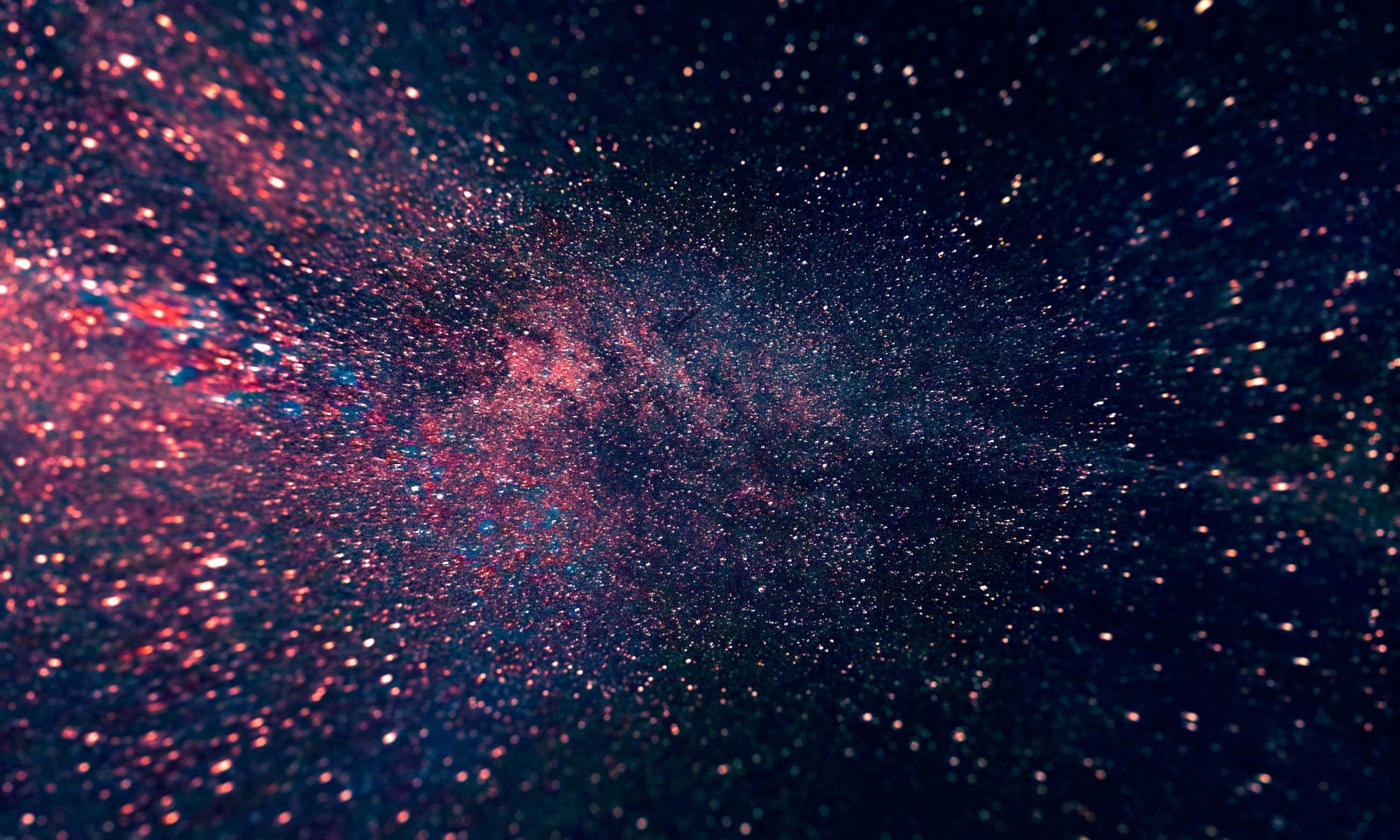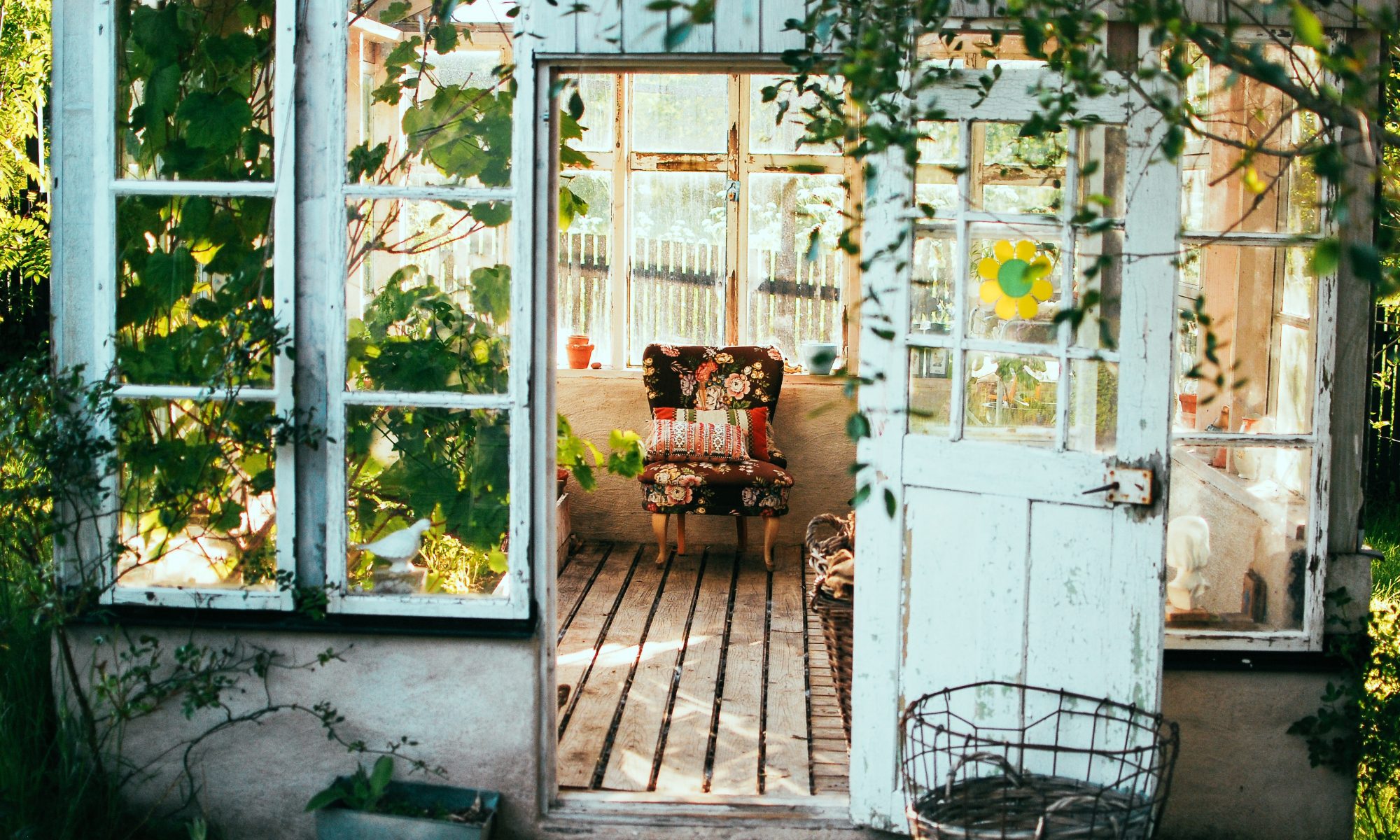The human race is in a race with a virus. We are quite stunned by the omnipotence of the novel coronavirus, dubbed COVID19, as it now holds our attention. We are transfixed by this latest of global scourges that remind us so well that we are part of an ecosystem that micro-organisms largely rule. Various “bugs” participate in our daily lives, largely unseen, but in powerful ways that determine the health of much larger beings in a range of flora and fauna throughout the fabric of our small blue planet.
Viruses are obligate intracellular invaders. They require a symbiosis with hosts like humans, wherein we share our cells for them to live, often, like COVID19, much to our detriment. If the virus has a cellular receptor that allows easy access to our cells, it will unintentionally harness our cells for its one survival and thrival. In doing so, it harms our cells, turns on our immune systems like a fire alarm, and the biological chaos then unfolds, at times to the point of host system failure and death. If we cannot block the invasion, like a home invasion, and if this invasion happens over and over again, populations are ravaged. And while viruses cannot live long outside of cells they can be passed like COVID19 in droplets that come from exhaled or coughed up material, passed on from on human to another, and another. This viral concourse soon becomes an epidemic, and in certain circumstances, like COVID19, a world-wide pandemic.
It is often likened that stopping the viral pandemic, saving sick patients, saving the healthcare system, saving our sanity, is akin to a world war. Indeed, right now, it is a world war. Many more than the 650,000 who have already been clinically affected by infection will be infected, many more than the current 50,000 deaths will occur.
But, given the capacity of the virus to continue depends on populations without substantial non-specific and specific immunity to the organism, and given the modern-day capacity to rapidly study the virus, develop therapies that stall it, and develop vaccines to prevent its invasion, humans will succeed in bringing COVID19 to a standstill. Carnage will be left behind, but we will be stronger and more resistant to another plausible invasion by the pathogen.
As Daniel Kalla, emergency physician and novelist, has written. It is taking a full-on village of compassion, science, technology, and logistics to stop COVID19. The local, regional, national and transnational effort that we are bringing this scourge, should sear thoughts and actions into beings that also require an “all hands on deck” approach to solve, and which cause much suffering in our communities and those far and wide. This latest pandemic is a wake-up call for how the sensibility of humans should be mobilized for life to be of higher quality, of greater length, and more productive and creative. The requirements that COVID19 was placed on all beings, all disciplines, all walks of life, all sectors, all geopolitical jurisdictions should signal a new approach to how we value each other, how we solve many pressing health and social problems, while fostering the most innovative and transformative science, engineering and arts environment ever imagined possible.
Every little bit helps.


